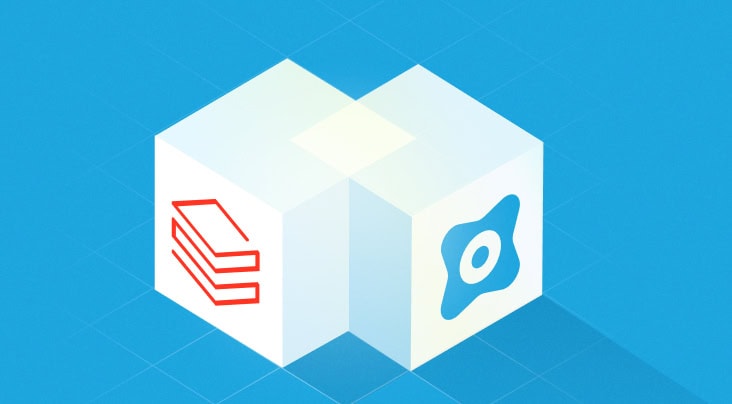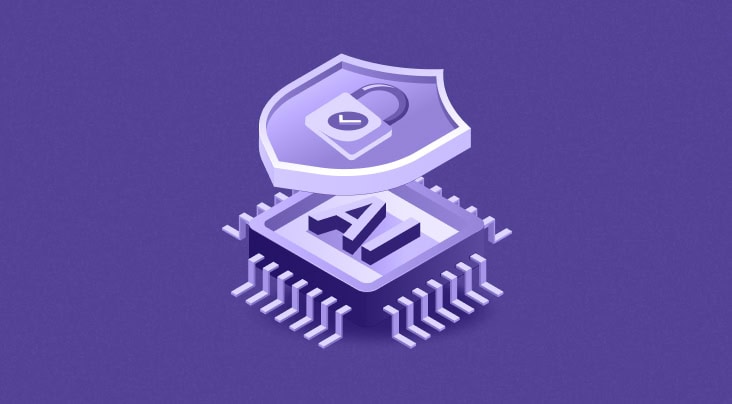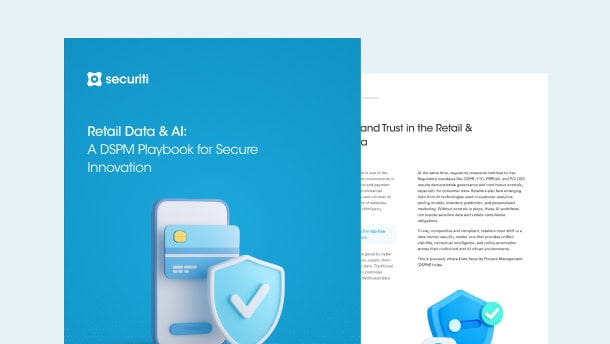The Public Company Accounting Reform and Investor Protection Act of 2002, better known as the Sarbanes-Oxley Act (SOX), is a federal financial regulation passed by the United States Congress in 2002.
SOX contains eleven Titles that place several requirements on all US public company boards of directors and upper management. Some of these requirements extend to privately held companies, such as the willful destruction or obfuscation of evidence that would hinder a federal investigation.
Enacted as a reaction to the accounting scandals of the early 2000s that affected multiple companies in the US, the law’s primary purpose is to ensure public companies implement and maintain strict internal controls and mechanisms that guarantee the sanctity of all financial disclosures.
Compliance with the law may seem tricky at first, but if the proper protocols and steps are followed, it can be reasonably straightforward. This SOX Compliance Checklist aims to provide a foundation that organizations can use to implement relevant measures to achieve compliance.
Read on to learn more:
Implement a Framework
As mentioned earlier, compliance with SOX need not be overly complicated if an organization has a detailed plan and strategy to do so. Choosing the right framework to base its internal controls and overall compliance strategy would be the best way to start.
Thankfully, frameworks have already been established thanks to industry groups and think tanks with the express purpose of improving financial reporting.
Committee of Sponsoring Organizations of the Treadway Commission (COSO) is the first such framework, established in 1985 with the stated objective of improving the quality and mechanisms of financial reporting by placing particular emphasis on corporate governance, internal controls, and rigorous accountability. COSO is acknowledged as a leading expert in internal controls, governance, and the prevention of fraud on a global scale.
Another framework to consider would be Control Objectives for Information and Related Technologies (COBIT). They were designed in 1996 by Information Systems Audit and Control Association (ISACA) as a means for financial auditors to navigate their organizations through the growth of new IT environments.
Subsequent versions of the framework were released over the years, with the latest one being announced in 2019, titled COBIT 19. It provides a common language for IT professional business executives, compliance personnel, and auditors, making it easy to establish controls, goals, objectives, and practices that all major stakeholders appropriately understand.
COSO and COBIT have a significant degree of common ground and can be used as two compatible internal control frameworks to fit the objectives outlined by the organization.
Assess Potential Risks
Organizations face tremendous challenges and risks. A significant indicator of how successfully an organization can comply with SOX is how well it can identify potential risks it faces, both internally and externally.
The process of identifying risk can differ significantly between different organizations. This is down to the myriad of factors involved, such as the economic environment, industry standards, the scale of operations, organizational hierarchy, and any other elements deemed necessary.
The best way to ensure all potential risks are covered is to take all the relevant departments’ input. Evaluating all potential risks to an organization isn’t and shouldn’t be a one-time exercise but an iterative process that constantly considers new processes and information and refresh the risk assessment accordingly.
Implement Internal Controls
SOX reiterates the importance of internal controls in multiple sections. For an organization hoping to comply with SOX and to do so convincingly, it must have robust and effective internal controls that adequately protect the integrity of the financial records and other critical data to be shared in the annual reports.
There are no specific requirements or guidelines regarding what kind of internal controls an organization needs to implement to guarantee its data security. It is mainly left to the organization to determine which controls best serve their compliance needs and adequately address any risks.
Some critical factors to consider when deciding which controls to implement include the following:
- What kind of data needs to be protected,
- Who has access to this data,
- Where and how is data stored,
- What is the access privilege hierarchy to this data.
The higher management is responsible for creating such internal controls to provide accurate and transparent financial reports and must validate these reports within 90 days of issuance.
Implement Access Intelligence
Documenting and curating who has access to what data is an essential part of the internal controls infrastructure for any organization hoping to achieve SOX compliance. By far, the most effective and efficient way to do so is via introducing a principle of least privilege (PoLP) within your data access infrastructure to not only restrict the personnel that have access to sensitive data but also records and monitors everyone that accesses such data over time.
By doing so, an organization can establish an audit trail that is vital for SOX compliance and investigating and remediating a potential data security incident.
Schedule External Audits
Per the Sarbanes Oxley Act requirements, an organization must have an external auditor approved by the Public Company Accounting Oversight Board to conduct an exhaustive review of your organization’s internal controls. Additionally, the review would go over financial statements, records, official communications, and other documentation within the organization it deems necessary for a review.
Such an external audit is important to gain a fair and impartial review of the safeguards and internal controls an organization has in place to prevent any possible forms of data tempering and any lapses in security measures that could lead to security and data breaches if not remedied immediately.
To ensure your practices are up to the industry standards per the external audit, it is important to maintain thorough and updated documentation of the internal controls and any associated practices meant to evaluate, test, and improve them.
How Can Securiti Help
As the aforementioned checklist suggests, compliance with SOX need not be too complicated. However, for that to be the case, an organization must deploy the best solutions and tools to ensure it has all its bases covered.
Securiti, a leader in providing enterprise data privacy, compliance, security, and governance solutions, has a plethora of offerings that can help an organization in its SOX compliance process.
Securiti’s data mapping solution can help organizations discover new data across their infrastructure and update their records in real-time. Additionally, it allows organizations to fully automate their records of processing activities (RoPA) as well as the documentation of all necessary impact and risk assessments to ensure compliance with the SOX requirements.
And perhaps most importantly, Securiti’s Identity & Access Management solution allows organizations to implement the PoLP model and ensure only the most relevant and authorized personnel gain access to sensitive data and other confidential information. Detailed logs are maintained every time the data is accessed to ensure its quality and authenticity.
Request a demo today and learn more about how Securiti can help your organization comply with the Sarbanes-Oxley Act and any other major data privacy regulation.













































